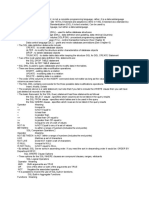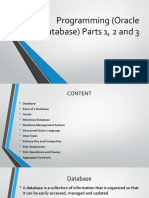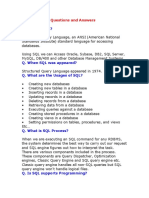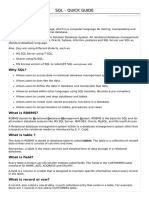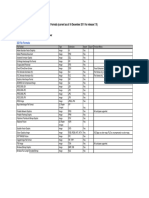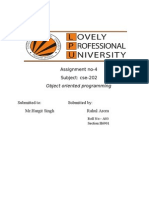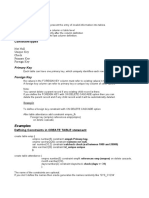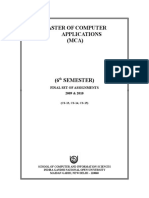0% found this document useful (0 votes)
28 views3 pagesDbms Answer
The document outlines various aspects of RDBMS, including its disadvantages such as cost, complexity, scalability limitations, and performance bottlenecks. It also covers SQL commands like SELECT, data types, comparison operations, numeric functions, operators like IN and BETWEEN, sequences, subqueries, set operations, and the definitions of primary and foreign keys. Additionally, it briefly explains ADO, DSN, and DBMS as technologies related to data management.
Uploaded by
rohitdurgavale20Copyright
© © All Rights Reserved
We take content rights seriously. If you suspect this is your content, claim it here.
Available Formats
Download as PDF, TXT or read online on Scribd
0% found this document useful (0 votes)
28 views3 pagesDbms Answer
The document outlines various aspects of RDBMS, including its disadvantages such as cost, complexity, scalability limitations, and performance bottlenecks. It also covers SQL commands like SELECT, data types, comparison operations, numeric functions, operators like IN and BETWEEN, sequences, subqueries, set operations, and the definitions of primary and foreign keys. Additionally, it briefly explains ADO, DSN, and DBMS as technologies related to data management.
Uploaded by
rohitdurgavale20Copyright
© © All Rights Reserved
We take content rights seriously. If you suspect this is your content, claim it here.
Available Formats
Download as PDF, TXT or read online on Scribd
/ 3
